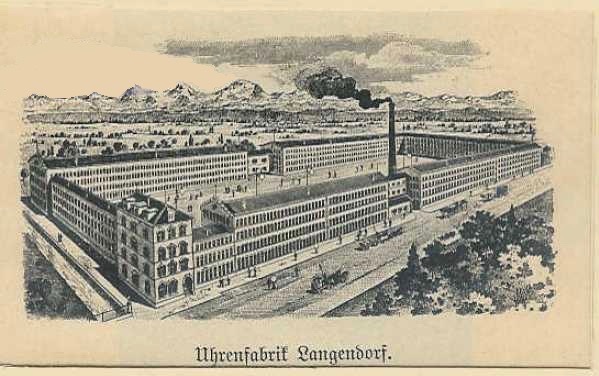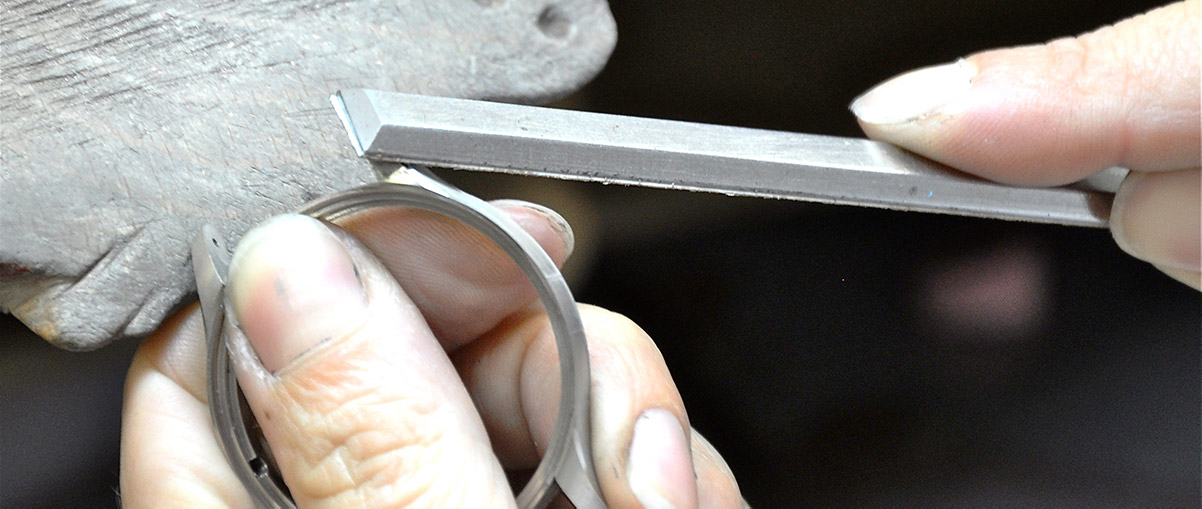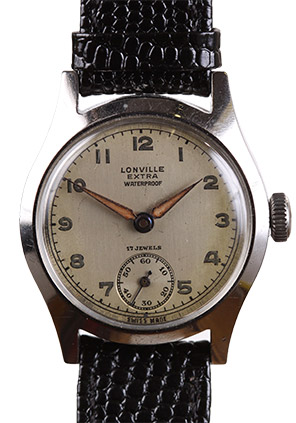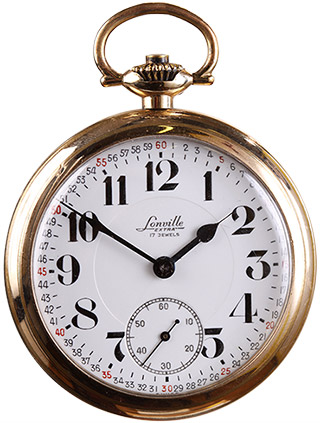
A new beginning
After ‘discovering’ Lonville in 2007 Joost Vreeswijk and a small group of watch enthusiasts decided to breath new life into this historic brand, staying true to the concepts of great watch making, small series and understated elegance.
Eight years of passion, patience and persistence allowed us to realise our dream and create Lonville’s first watch after more than 50 years of silence: Virage.
Very small series (18 pieces of each Virage model), an exceptional movement, and zero compromise in quality and finish has resulted in a truly remarkable watch.
Lonville’s 2011 victory at the 24 hours of Le Mans was the inspiration for our second watch, the lightweight titanium G24 with its unique multi-layer dial, constructed in a series of 24 pieces.
Following a decade of experience organising the Lonville Classic rally, we decided in 2019 to design our own version of the ultimate classic car rally chronograph: the Rallymaster. This stainless steel chronograph will be constructed in limited series of 48 or 88 pieces to respect our passion for limited edition watches of exceptional quality. Welcome to the world of Lonville.
The beginning: 1873
During the mid 1800s the Kottman family from Solothurn (nearby the Swiss village of Langendorf) established various industrial activities. A family of doctors, academics and entrepreneurs, the Kottmans were also unusually socially responsible and they brought growth and a variety of facilities to the Solothurn and Langendorf area.
It was Johann Kottman who in 1873 established an ebauche-watch movement company with some 80 workers in the village of Langendorf.
Following a near-collapse in 1880 Johann Kottman recruited watch specialists from the western part of Switzerland and started a program to provide housing, schooling and other facilities for their workers and the town – the business flourished and the foundation for future growth was laid.


The expansion: from basic pocket watch to elaborate decoration
Following Johann Kottman’s unexpected death in 1890, the technical director, Lucien Tieche, took control of what was then already called the Langendorf Watch Company. Tieche started production of Langendorf and Lonville branded watches alongside the original movement manufacture.
Lonville is the French name of Langendorf and was used to give a different image and air to the German-sounding Langendorf. At this stage the majority of the watch industry was already predominately located in the French-speaking part of Switzerland.
During the end of the 1800s the Langendorf Watch Company became one of the largest watch & clock factories in the world with some 800-1000 workers.
In 1902 the company once again was controlled by the Kottman family, managed by Ernst Kottman.
Lonville was most famous for its pocket watches. Early watches were basically 7 jewel movements in plane cases. Although largely Lonville-branded, the majority of movements were shared with watches from mother-brand Langendorf. Early movement service kits show the shared calibres between the different Langendorf brands.
After 1900 more decorated cases started to be introduced, followed by more elaborate dial decorations and cases in silver, rolled-gold and gold. Movements also gained the addition of detailed decorations. Lonville watches of this era show both varieties in decoration, as well as some family lines in both dial decoration and understated elegance. At this stage Langendorf was operating a full manufacture of both movements and cases, no longer relying on external suppliers.
The maturity and diversity: from pocket to wrist
Lonville was exported to various countries, but was particularly successful in the United States due to the backing of importer Harry Rodman. Rodman was active in promoting the brand in various trade-publications, as well as national papers.
Rodman advertised Lonville watches as ‘the best watch money can buy’, for having a particular reliability and durability, and for being totally manufactured under one Swiss roof. Later, Rodman went on to establish one of the most significant diamond collections in the world. One can only assume Lonville contributed to his fortunes!
During the period of 1930 to 1950s a variety of watches were introduced.

From functional watches (‘dust, water and shock proof’) to more elegant dress watches that were sold under names like ‘The Oxford’.
Some unique surviving advertisements are testimony to these styles and watch names. In 1942 the Lonville management was handed over from Ernst Kottman to his brother Rudolf Kottman, due to ill-health. During a recent vintage watch discovery an elaborately decorated 1940s ladies’ Lonville with faux-diamonds was discovered. These types of watches would have been manufactured in low volumes and very much targeted at more glamorous owners. What a gift this must have been in those days!

The 1950s: the final chapter and the focus on Lanco
During the 1950-60s the Langendorf Watch Company started to focus most of its attention on its other brands, most notably Lanco. During the early 1950s the Lonville brand was sadly abandoned and was never used again. The Lanco brand was continued into the seventies and was ultimately Langendorf’s greatest success.
The post-war Swiss watch industry decline, the 1960/70s introduction of quarts movements and fierce overseas competition saw the Langendorf Watch company decline, being sold and subsequently being closed for good in the early 1970s.

‘All Swiss’ – a code of conduct introduced by Lonville
All Swiss goes far beyond the requirements of ‘Swiss Made’ which allows many non-Swiss parts and components to be used. We are proud of the Swiss watch making heritage and respect century old traditions as well as the latest unrivaled Swiss precision machinery and highly skilled workforce.
Throughout the design and creation of Virage and G24 we have gone to great efforts to ensure that each screw, each axis, each movement component but also the case and all other parts are are made by Swiss specialist watch companies using Swiss sourced materials.
This code of conduct allows us to work very close with some of the best local people as well as unique characters in the watch industry.
So for us it was simple: Why make a dream come true that does not follow your heart and your values?

COSC – Contrôle Officiel Suisse de Chronomètres (Virage, G24)
COSC certification is not a given, not all movements will pass these very strict test. As a Lonville owner you will have the comfort of knowing that the movement of your own watch has been examined, testes and approved by independent Swiss watch specialists.
Now take a look at the 6 o’clock position on the dial of your Lonville. Two very simple but proudly printed words are representing our code of conduct: ‘All Swiss’.
Each single Lonville movement is offered to the independent COSC Institute to ensure that it meets seven strict accuracy and reliability criteria. COSC tests each movement for a period of fifteen days in five different positions at three different temperatures. Yes, that is very strict.
Only when a movement passes all tests can it carry the coveted engraving ‘Chronomètre’. Of course we supply the individual COSC certificate together with your very own Lonville.